Coffee without bitterness Recommended Starbucks Coffee without bitterness Types Introduction Taste Features
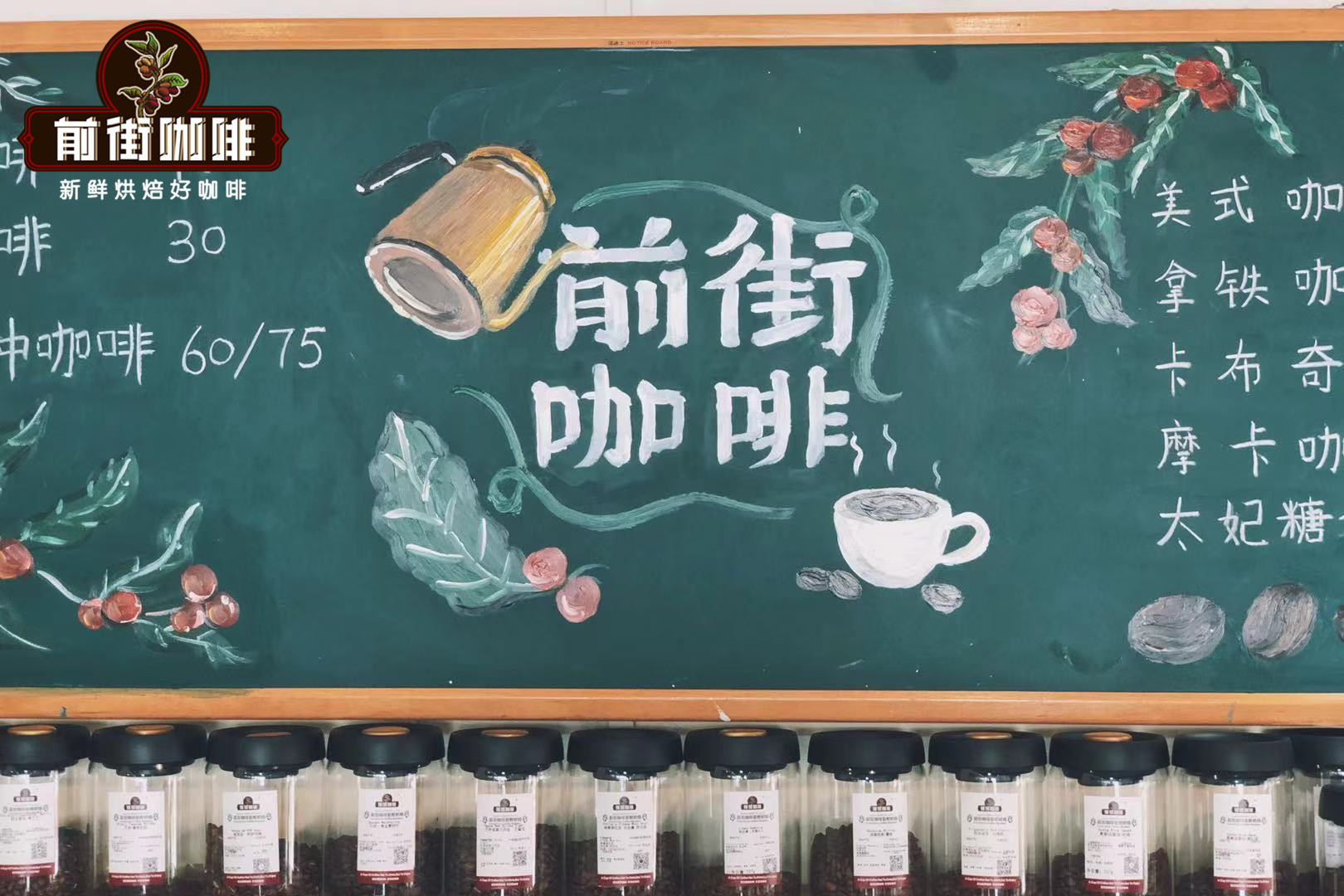
Professional coffee knowledge exchange more coffee bean information please follow the coffee workshop (Wechat official account cafe_style)
Nowadays, the base of people who have the habit of drinking coffee is getting bigger and bigger, but walking into Starbucks and looking at a dazzling array of menus, many friends with choice difficulties begin to have big heads: which coffees are not bitter? Which coffee tastes best? How to rank their sweetness?
Quite simply, as long as the more syrup is added in that cup of coffee, the sweeter it is, such as Frappuccino; and the more milk is added, the lighter the taste of the coffee is diluted, and the bitter taste is not easy to detect. Such as espresso, such as mocha with chocolate sauce and caramel macchiato with caramel.
Qianjie found that most of the friends who entered Starbucks preferred coffee with milk and sugar, while the opponent made coffee without sugar and milk, and most people said they could not accept its bitter taste.
However, after years of experience in Qianjie, it is easy to know that the bitter taste of hand-brewed coffee is obvious, in addition to many factors such as the variety of coffee beans, the planting environment, the water temperature during brewing, the brewing time and the grinding degree of coffee beans. there is also the most important factor is the roasting degree of coffee beans. If the roasting degree of coffee beans is deeper, with the increase of alcohol thickness, there is an increase in bitterness.
As we all know, raw coffee beans are light green. With roasting, the color of coffee beans slowly changes from light green to brown or even dark brown. With the deepening of the roasting degree of coffee beans, Maillard reaction is also going on, and proteins and polysaccharides turn into huge molecular dark brown pigments, which are the source of coffee bitterness. The larger the pigment molecule, the stronger the bitterness and the weaker the acidity, the thicker the taste.
The more than 30 beans on the bean list of the Qianjie coffee shop can confirm the above knowledge. Compare the two most extreme beans in flavor:
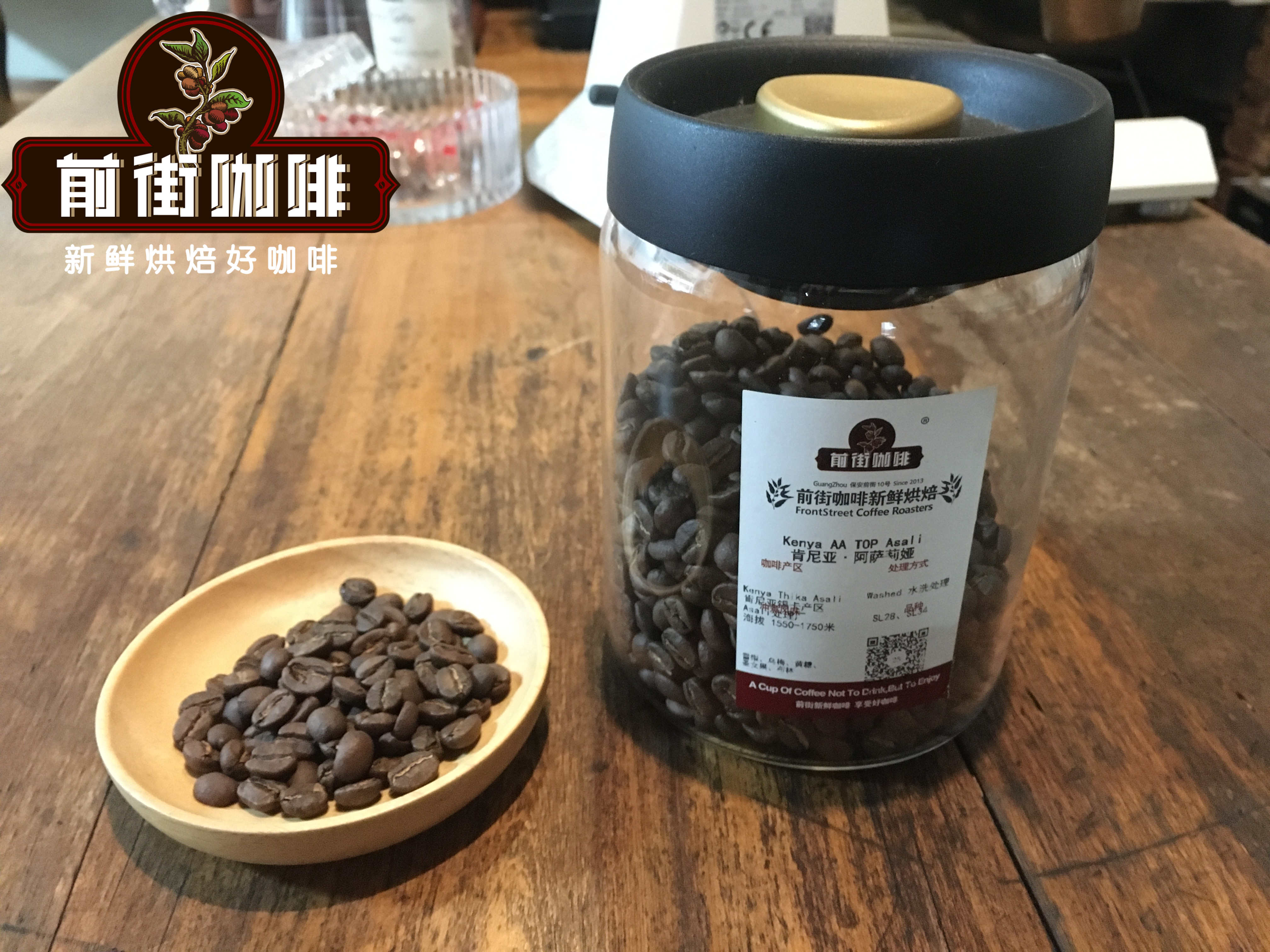
Front Street Coffee Asalia, Kenya
Producing area: Sika, Kenya
Processing plant: Asali honey processing plant
Altitude: 1550m--1750m
Varieties: SL28, SL34
Treatment method: K72 washing
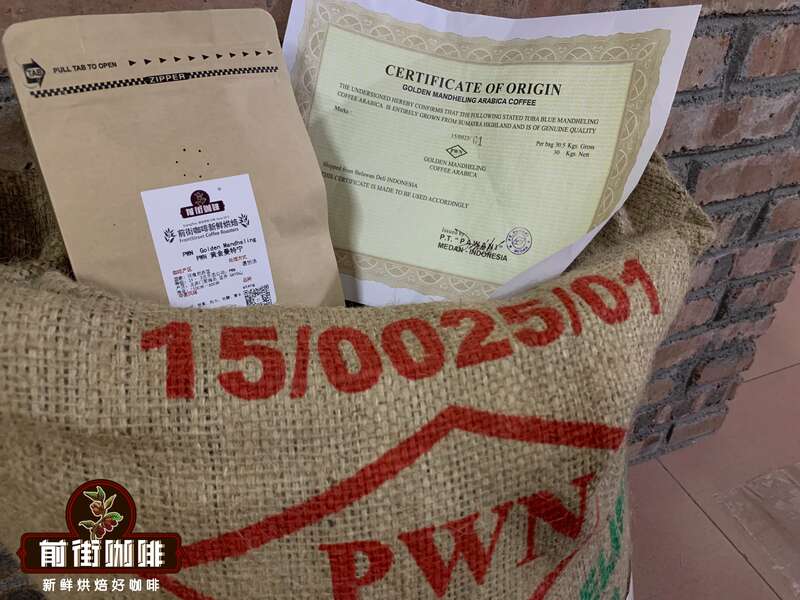
Front Street Coffee PWN Gold Manning
Producing area: Aceh Gayo Mountain, Sumatra, Indonesia
Altitude: 1100m--1600m
Variety: Ateng
Treatment method: wet planing method
Cooking suggestion
The recommended brewing parameters for Qianjie coffee are:
Filter cup: Kono filter cup [Golden Manning]; V60 filter cup [Kenya]
Water temperature: 86 ℃ [Golden Manning]; 93 ℃ [Kenya]
Amount of powder: 15g
Powder / water ratio: 1:15
Degree of grinding: EK43s#11 (China Standard No. 20 screen pass rate 70-75%) [Golden Manning]
EK43s#10 (China Standard No. 20 sieve pass rate 80%) [Kenya]
Qianjie coffee is extracted by stages, steamed with 30 grams of water for 30 seconds, small water is injected around the circle to 125 grams, the water level is about to be exposed when the powder bed is about to be exposed, and the filter cup is removed when the water level is about to be exposed to the powder bed. (the time of steaming starts) the extraction time is 2 minutes 39 seconds.
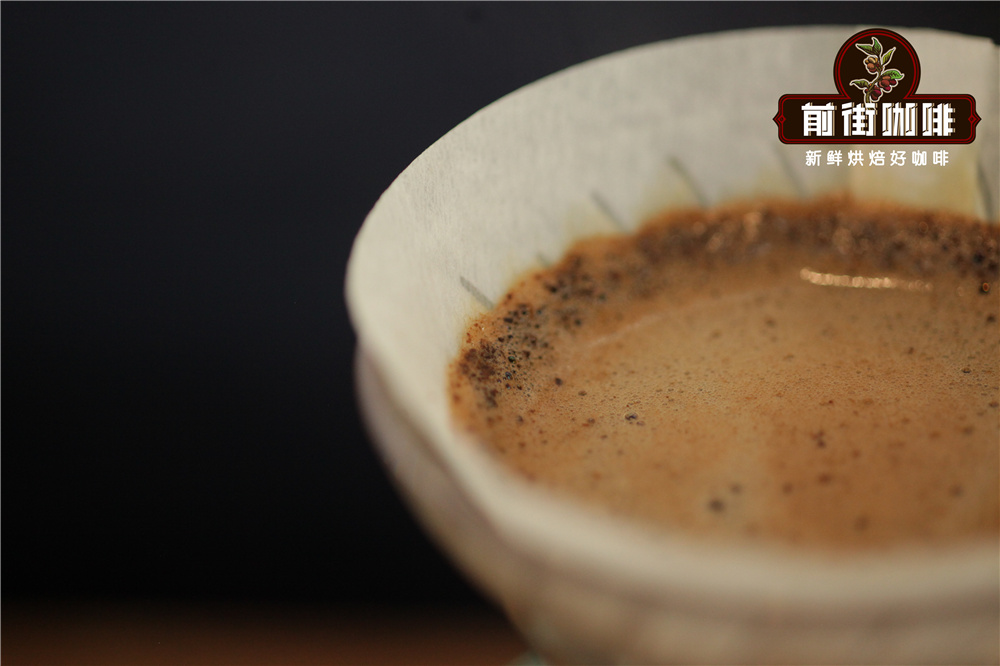
Flavor description
[Kenya] Wet aromas of ripe tomatoes and flowers, imported virgin fruit and black plum flavors, bright acidity, clean and rich palate, outstanding sweetness in the middle, juicy, sweet berry and yellow sugar on the finish, and green tea aromas.
[Golden Manning] the layers are varied, mellow and clean, with a high sense of balance, intense aromas of nuts and caramel, chocolate aromas and a long finish.
Asalia, Kenya
Asalia, Kenya, a coffee in front street, has a bright and clean sour taste, not only because of its light roasting, but also because of Kenya's phosphoric acid-rich red soil and their K72 treatment.
What is K72 treatment?
K72 treatment, also known as Kenyan 72-hour fermentation washing treatment. Kenya coffee beans were treated repeatedly after fermentation and harvested after the same day. The best cherries were selected for peeling and fermentation. The fermentation time was 24 hours and washed with clean river water after 24 hours. Repeat 3 times to reach 72 hours.
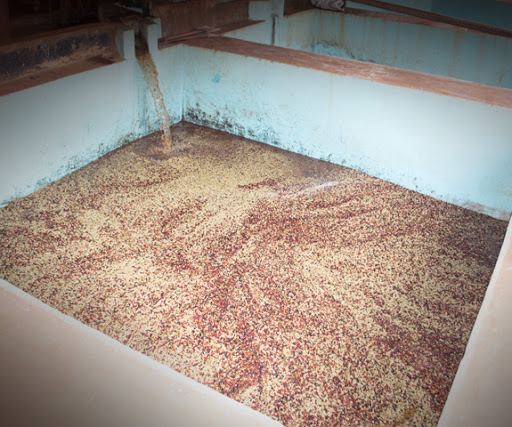
Golden Manning
Manning is known to the world because of its mellowness. There is another story in the middle.
Mantenin was originally a tribal name in Indonesia, but there is also a story about the name that turned into coffee beans by mistake. When Japanese soldiers returned to Japan after colonization in Indonesia, they were obsessed with the local delicious coffee, so with the help of trading friends, they asked the locals to help collect high-quality coffee beans, including this Mantenin. The Japanese are very fond of this coffee bean, so they ask the name, because the commercial source is not convenient to disclose, the local people casually said "Mantenin", so Mantenin was mistakenly hit into a coffee bean.
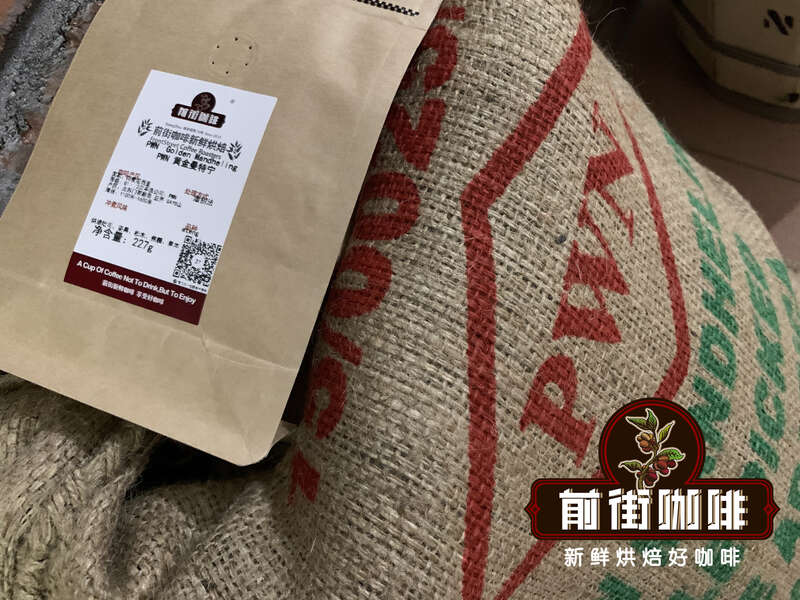
The local man that the friend was looking for was the boss of the Indonesian company PWN (Pwani Coffee Company), which later registered gold Manning as its trademark. The gold manning of the front street coffee is the gold manning of the PWN company.
Special treatment wet planing method
Mantning mostly uses Sumatra's unique coffee bean treatment, the wet planing method. The wet planing method creates the special flavor of Manning, which can be said to be a binding relationship between the wet planing method and the wet planing method.
As the local weather is often dominated by Rain Water, with continuous typhoons, it is unable to achieve the good weather needed for the sun, and the local economy is not good, so it is also impossible to use the more expensive way of washing, thus giving rise to the wet planing method with local characteristics. Now the development of coffee in Indonesia is no longer as poor as it used to be, and there are many manors and companies that have certain conditions to use the washing method, but why have they not abandoned the wet planing method? Qianjie Coffee feels that the wet planing method is the factor that has brought Mantenin Coffee to the world. When it comes to Manteni Coffee, I think of the wet planing method, so they already complement each other.
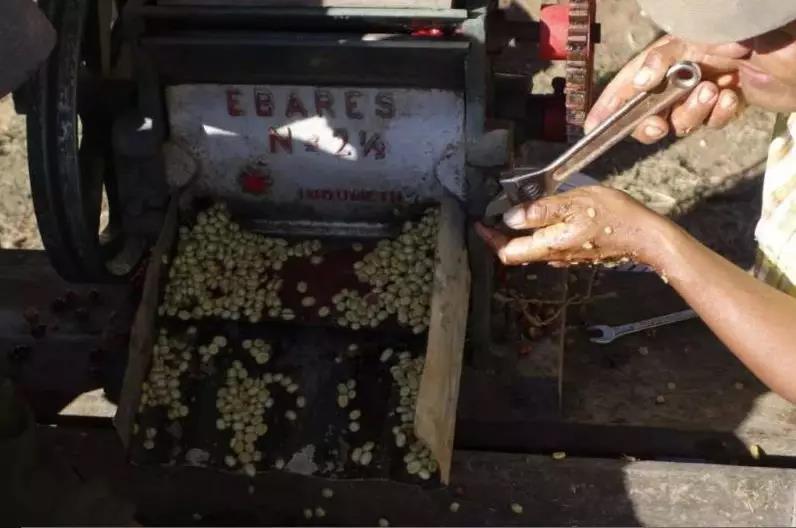
The specific steps of the wet planing method can be divided into the following two stages:
In the first stage, the peel and pulp were removed by a wooden peeling machine, and after fermentation for 3 hours, the moisture content was reduced to 30-50% of semi-dry and semi-wet.
In the second stage, the pectin and sheep skin were removed and the latter part of the drying process took 2-4 days, and the moisture content was reduced to 12-13%.
In addition to the conventional wet planing, there is also an old wet planing method. Coffee beans are first treated by ordinary wet planing, and then sealed in the warehouse for 2 to 3 years. The environment of the warehouse must be cool and ventilated, and the beans should be turned regularly to prevent mildew and corruption. During this period, the acidity of coffee beans will slowly weaken to sugar, and the color will become darker, mostly yellowish brown or dark brown. The Mantenin coffee beans that use this treatment on the Qianjie coffee bean list are called old mantenin coffee beans.
Panamanian summer
If you want to ask if there is a sweet hand to make coffee, there is! For example, in the front street eyes of the ultra-cost-effective Panamanian jadeite manor washing green roses summer.
When it comes to rosy summer, we have to say Jade Manor. Jade Manor is not only the discoverer of Rose Summer flavor, but also the promoter of Rosa Coffee. The rose summer was introduced to Panama in the 1960s, but after more than 40 years of keeping a low profile, it became famous for winning the championship in the 2004 BOP competition.
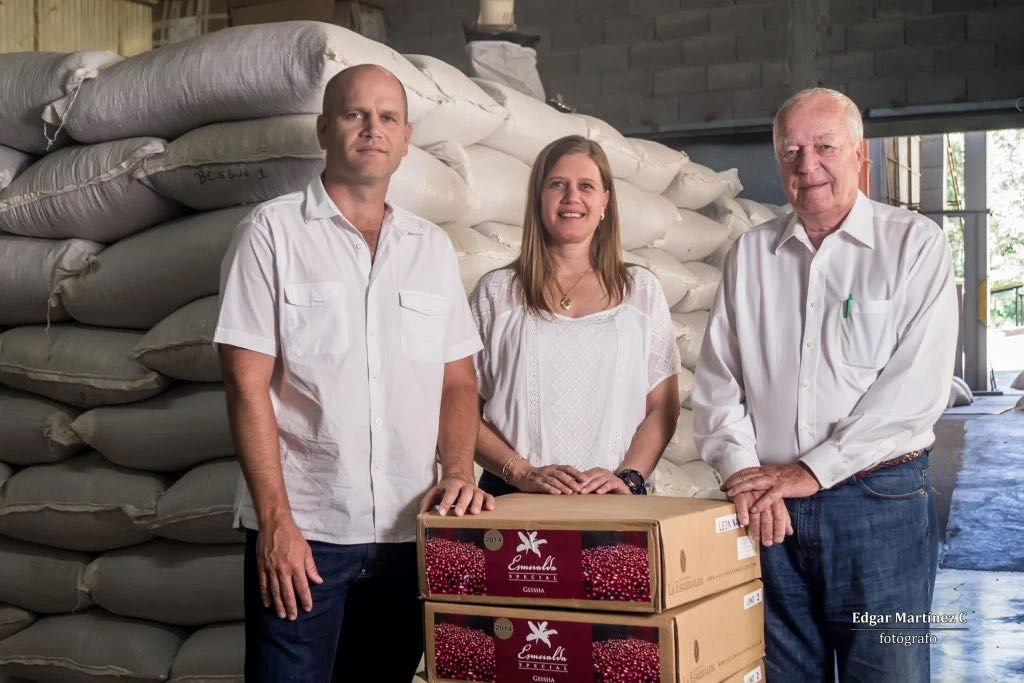
Rosa coffee beans are considered to be the brightest, richest and most strongly aromatic coffee varieties. Rosa coffee trees grow at very high altitudes and have beautiful slender leaves. Rose summer coffee fruits and roses summer coffee beans are also slightly slender compared to other top-quality high-altitude coffee. Rose is full of sweetness and cleanliness on the palate, with rich aromas ranging from berry and citrus to mango, papaya and peach. A very obvious lemon (bergamot) general aftertaste is also a typical cup test attribute. Rosa coffee beans are often the champion of coffee varieties. Rosa coffee bean cup evaluation mellow degree is suitable.
The Jade Manor divides its rosy summer coffee varieties into three grades: red mark, green mark and blue mark. In order to maintain the image of the manor brand, the blue label under the Rosa brand has been cancelled since 2021.
Green label Rose Summer
The green mark, which is not a batch of independent competition, cultivates rose summer varieties that do not participate in the bidding but still have excellent quality. Micro-batch mixed beans from different plots such as Jaramillo and Canas Verdes were planted at 1600-1800 meters above sea level. People often ask what is the difference between a red sign and a green one. Qianjie Coffee gives the most easy-to-understand answer, that is, which small plot can be traced back to the red mark, while the green mark is that the mixed beans are untraceable. Because the mode of mixed beans is adopted, it is not specified in detail on the plot, so sometimes the flavor of the green mark is very similar to that of the red mark, but the next product may be different. Qianjie coffee feels like buying a lottery ticket. Maybe the batch you drink this time is the taste of the red mark. Green roses will be treated by sun / water washing treatment.
Qianjie Coffee Emerald Manor washed Green Rose Summer has fresh aromas of jasmine and ginger, citrus-like bright acidity, thick and juicy taste.
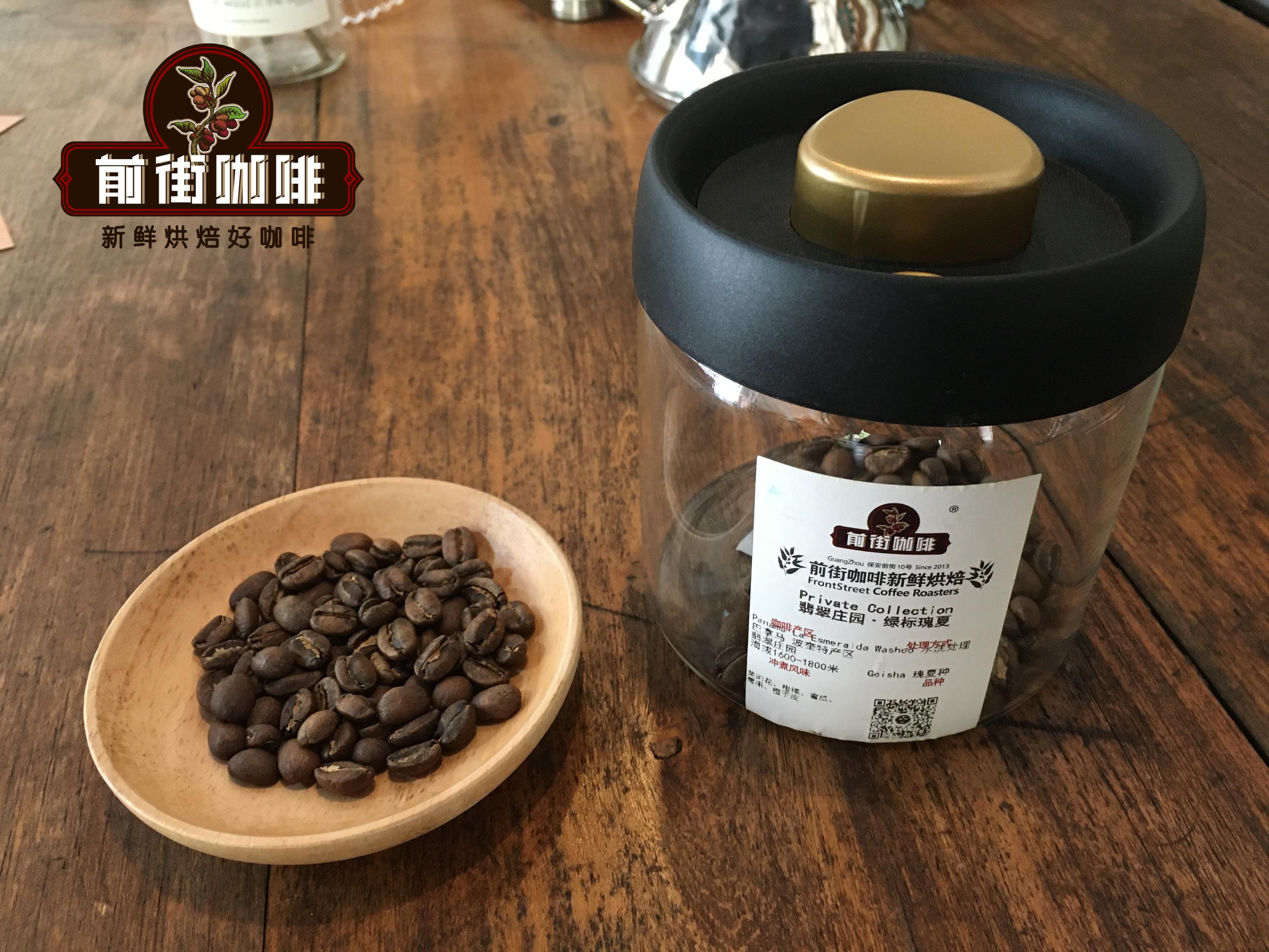
Qianjie Coffee Jade Manor Green label Rose Summer
Producing area: Pokuit producing area of Panama
Manor: Jade Manor
Altitude: 1600m--1800m
Variety: rose summer seed
Treatment: washing
Suggestion on the Green label Rose Summer Coffee beans of Qianjie Jade Manor
Filter cup: V60 # 01
Coffee powder: 15g
Ratio of powder to water: 1:16
Degree of grinding: EK43s#10.2
Water temperature: 90-91 degrees
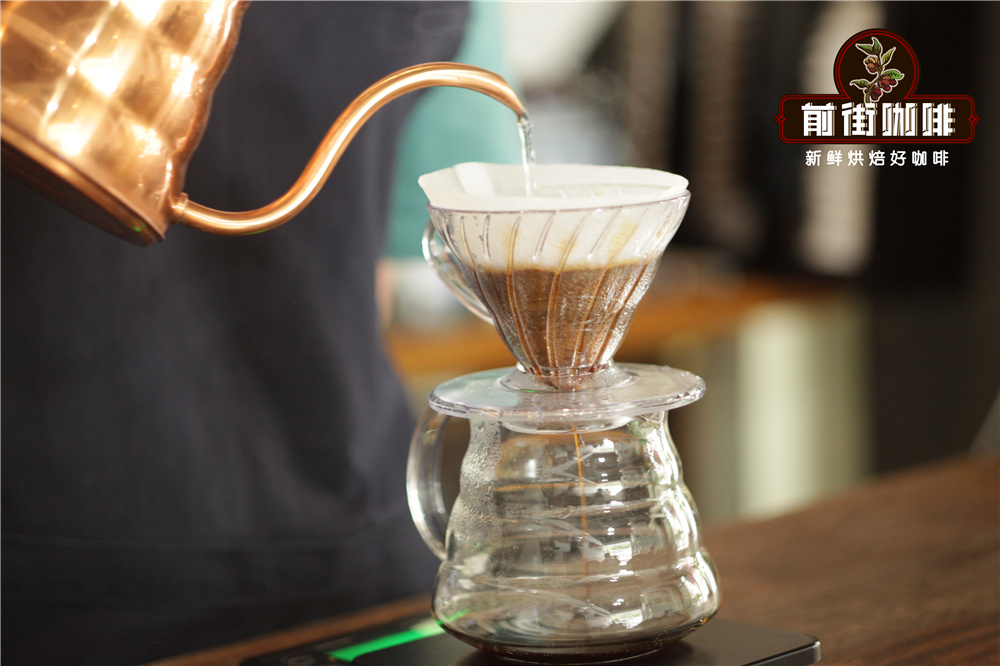
Qianjie takes into account that these rose summer coffee beans are lightly roasted, and the solubility of light roasted beans is lower than that of deep roasted beans, so in order to ensure that the flavor of rose summer can be fully extracted, higher water temperature is used for brewing. At the same time, a finer degree of grinding is also selected. Some friends have noticed that Qianjie has always recommended that the powder-to-water ratio is 1:15, while the rose summer of the Jade Manor is 1:16, that's because a little bit larger powder-water ratio helps to better experience the layers and flavor of the rose summer.
Qianjie coffee uses staged extraction, also known as three-stage brewing, steaming with 30 grams of water for 30 seconds, small water injection to 125 grams for stages, water level drop to 240 grams when the powder bed is about to be exposed, remove the filter cup when the water level is about to be exposed from the powder bed, (steaming starts timing) the extraction time is 2 grams 3900 "- 2 grams 3905".
Flavor description: full-bodied jasmine, high sweetness, citrus, berries, juice, cream, green tea, orange peel, cantaloupe, the overall flavor is rich, aftertaste, citrus lasting.
For more boutique coffee beans, please add private Qianjie coffee on Wechat. WeChat account: kaixinguoguo0925
Important Notice :
前街咖啡 FrontStreet Coffee has moved to new addredd:
FrontStreet Coffee Address: 315,Donghua East Road,GuangZhou
Tel:020 38364473
- Prev
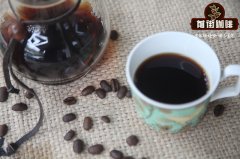
What kind of coffee is not bitter? Do you have any coffee recommendations that are not bitter and refreshing?
Professional coffee knowledge exchange more coffee bean information Please follow the coffee workshop (Wechat official account cafe_style) it is often asked: what kind of coffee is not bitter? Do you have any coffee that is not sour? Do you have any coffee that is not bitter? Is Brazil sour? Is Manning bitter? In fact, the answer to these questions is the same: depending on the baking decision, for example, coffee is like water.
- Next
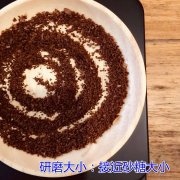
What's the difference between instant coffee and freshly ground coffee? Advantages and disadvantages of instant and freshly ground coffee
Professional coffee knowledge exchange more coffee bean information please follow the coffee workshop (Wechat official account cafe_style) according to statistics, from 2000 to 2014, sales of instant coffee tripled. In the United States and Brazil, it is a very different picture: freshly ground coffee dominates the market. So what's the difference between instant coffee and freshly ground coffee? Speed
Related
- Beginners will see the "Coffee pull flower" guide!
- What is the difference between ice blog purified milk and ordinary milk coffee?
- Why is the Philippines the largest producer of crops in Liberia?
- For coffee extraction, should the fine powder be retained?
- How does extracted espresso fill pressed powder? How much strength does it take to press the powder?
- How to make jasmine cold extract coffee? Is the jasmine + latte good?
- Will this little toy really make the coffee taste better? How does Lily Drip affect coffee extraction?
- Will the action of slapping the filter cup also affect coffee extraction?
- What's the difference between powder-to-water ratio and powder-to-liquid ratio?
- What is the Ethiopian local species? What does it have to do with Heirloom native species?

